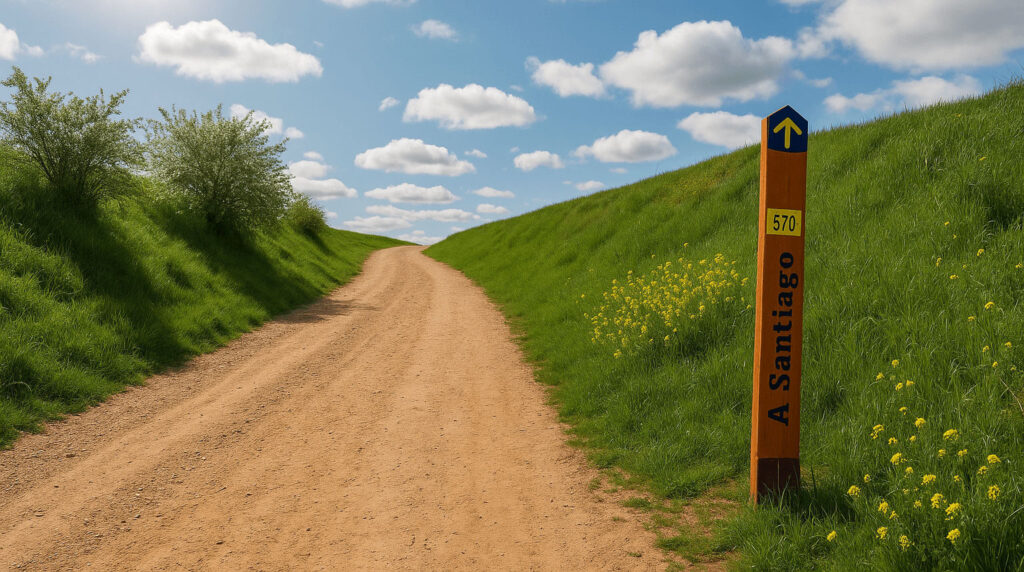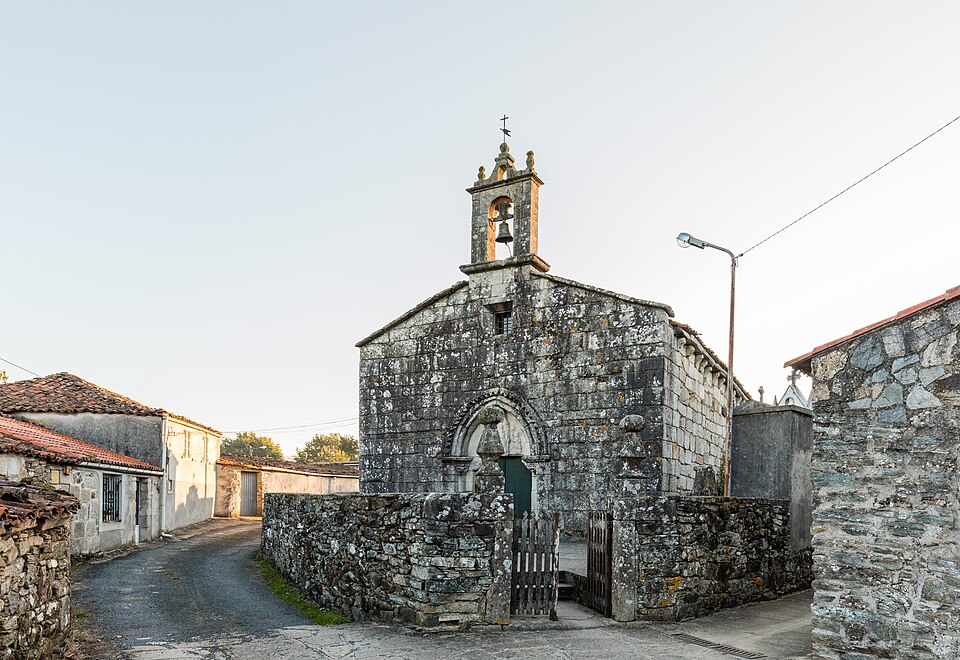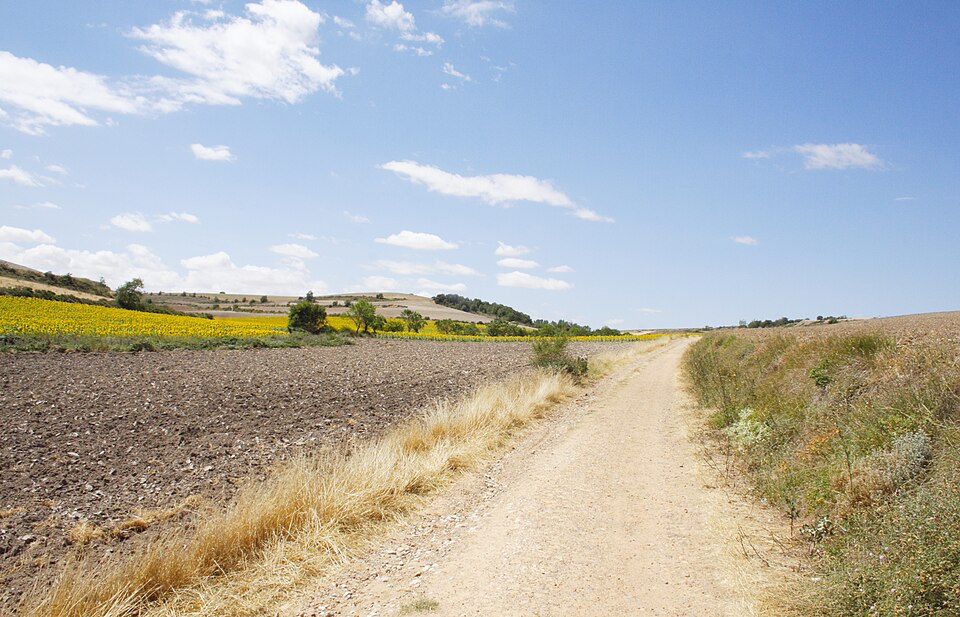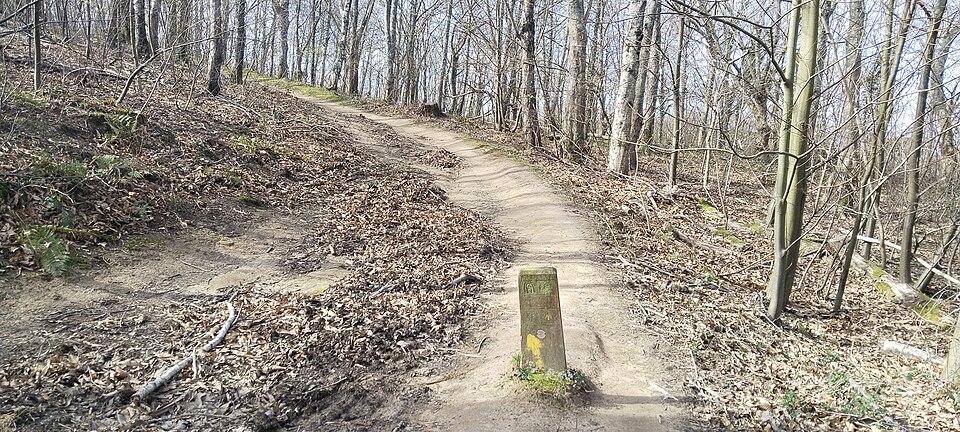Article translated by an automatic translation system. Press here for further information.
What is the best time of year to do the Camino de Santiago?
30/06/2025
 Image:
Consumer
Image:
Consumer The best time of year to make the Camino de Santiago can vary depending on the preferences of each pilgrim and what he expects to find during his perfect trip.
Each station has advantages and benefits, but also inconveniences or challenges that can influence the experience, and that it is convenient to analyze and have very clear beforehand.
Let’s see what distinguishes the Camino in spring, summer, fall and winter so you can value the most appropriate time to start your adventure.
Best time of year to make the Camino de Santiago, when is it ideal?

Photo by Shirley Roots
All stations have their own characteristics. Spring is filled with vibrant colors and flowers, summer with intense light and heat, autumn is dyed with golden landscapes and winter with attenuated colors, dim light, more silence and tranquillity.
Two of the most important factors that need to be taken into account before you go for a few months or so are, on the one hand, the climate and, on the other, the influx of pilgrims.
Weather conditions
There are significant variations depending on each station that can condition the routes and affect the well-being and comfort you feel when travelling.
Time is unpredictable, but it is possible to consult and know quite accurately that it will await you at each stage of the Camino.
Spring offers soft temperatures, perfect for walking, but sudden changes in time and occasional rains are also frequent. On a landscape level, it is an era of great beauty, with nature in full splendor.
Summer has a more stable climate and good time assured, but also the highest temperatures of the year and, although days are extended and hours of light invite to perform the stages with greater tranquility, the heat in the central hours of the day can be exhausting.
Autumn is a magical season to enjoy the Camino and its natural richness. The red, earthy, yellow and orange shades of tree leaves envelop it all. As in spring, temperatures are also nice, but you have to be prepared for changes in time and the possibility of rains.
Winter may be the least desirable time to realize the Road. The days are short, which decreases daily walking hours, low temperatures, rains and frost are common, and can cloud. Especially on routes that pass through mountainous areas. In any case, the calm and calm offered by the winter months makes many caminantes.Foto of

Diego Delso attractive.
Influx of pilgrims
The number of people you’ll find during your journey can change significantly at each station.
You should know that this will condition your personal experience and the ability to access accommodation and other services more comfortably.
- High season: it is the one that falls from the end of May to the beginning of September. These months all the routes of the Camino de Santiago are overflowing with pilgrims, and one of the most important problems generated is the complexity to find a place in the hostels.
- Middle season: includes spring and fall months. There is not an excessive number of people and it is easier to access accommodation and enjoy with more peace of mind the restoration and other services for the walker.
- Low season: concentrates in the winter months. A time when there are not just people, nor problems with accommodation, but when services are considerably reduced.
In any case, regardless of the season, before you embark on the Camino, you should plan it very well and in advance. To do this, our Camino planner can be of great help.
The Road in spring
Spring is a recommended season to make the Camino due to its multiple advantages.
The temperatures are nice, they range between 10 and 20 degrees, making the walks comfortable and much more bearable.
You will meet other pilgrims with whom to exchange experiences, but without suffering burdens. In addition, the vast majority of hostels and other services are operational, which will give you great peace of mind at the organizational level.
The most important drawback is climate instability. April and May are quite rainy months.
The French Way and the Portuguese Way are popular routes that attract many pilgrims this time of the year.

Photo by Random username
El Camino in summer
The vibrant summer, with its long sunny days, and as the holiday period par excellence, is very attractive to live the adventure to Santiago. However, it has a number of disadvantages that you need to know.
Temperatures are usually very high, exceeding 30 degrees, especially in the interior of Spain, and walking with heat can be exhausting and much more tired.
While it's normal for time to be good and stable, with clear skies, it can also rain in northwestern areas.
Being high season, the number of pilgrims can be excessive on any of the routes. Accommodations usually run out of places quickly, so it is recommended to book in advance.
In the Portuguese Way, for example, hostels are often complete since the morning, which can add great pressure to do each stage as soon as possible to secure a bed.
Coastal routes, such as the Portuguese Way and the Northern Way, are ideal during the summer. Its proximity to the sea makes the temperatures more moderate and bearable, and offers you the possibility to enjoy the beaches, which are always wonderful to refresh.
The Road in autumn
The natural spectacle provided by the arrival of autumn, and the life and colors it brings to the routes, is a great claim to immerse yourself in the Camino this time of year.
The experience of walking on illuminated paths with a light of light from the sun, under trees with golden and warm colored leaves, well deserves to choose this station to undertake the journey.
The climate is usually mild, with temperatures that, as in spring, are around 10 and 20 degrees, with fresh nights. Cloudy and rainy days are also common.
You will cross with pilgrims, but in a much lower number than the high season, which will make it easier for you to find bed in the hostels without worrying about the level of occupancy.
The most popular and beautiful routes in autumn are the Primitive Road, the French Road and the North Road. All three offer changing autumn landscapes, very special, with which to delight the view.

Photo by Marraski
The Road in winter
Winter is the season that most discourages walkers, but making the pilgrimage between December and February will be an unparalleled and unparalleled experience, perfectly suitable for the bravest.
These are very cold months, with temperatures that go down a lot, more chance of rain and fewer hours of light.
The snow and ice that may be present in some sections can make it difficult to advance if there is no clothing and adequate equipment.
Considering low season, many shelters and other accommodation remain closed and it is important to plan well and in advance where to stay each day.
However, not everything is against. The absence of mass tourism makes the costs of things lower. On the other hand, the quietness and silence that is breathed in the environment make each stage of the road a journey to realize in peace. An invitation to reflection and to connect with the crudest nature and with your inner self.
The French Way is the one that usually has the best services during the winter, and the Portuguese Way is also popular because the temperatures of the north of Portugal and the south of Galicia are less harsh and exigentes.El
Camino de Santiago will offer you very different experiences and facets depending on the time of the year in which you embark on the pilgrimage. Choose the station you choose, they will all be exceptionally unique and give you the opportunity to experience the adventure with the magic of nature, as the best travel companion, displaying its charm around you.